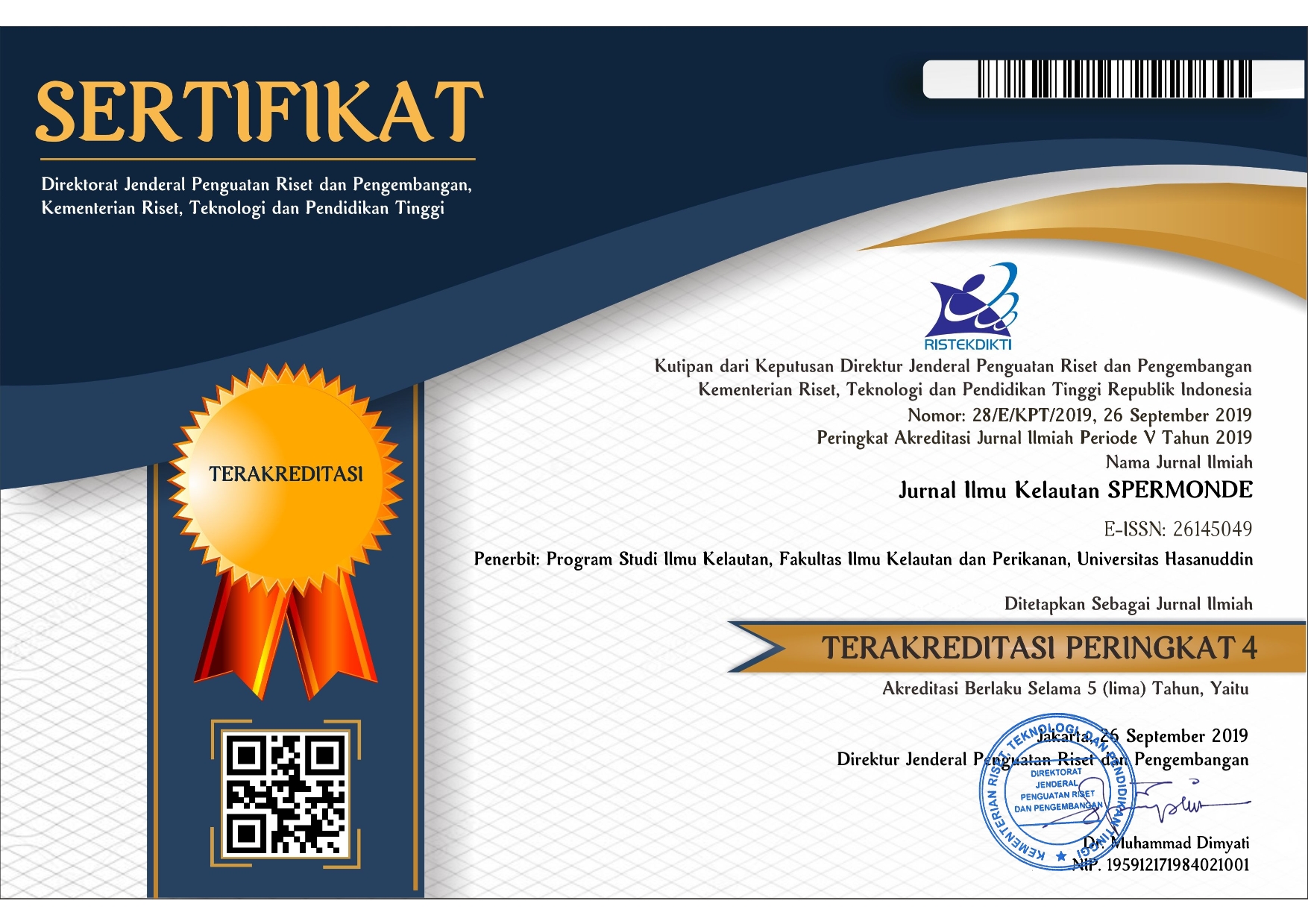COMPARATIVE STUDY OF COASTLINE CHANGES USING THE IJIMA SATO SEDIMENT TRANSPORT METHOD IN RELATION TO THE CONSTRUCTION OF GROIN STRUCTURES IN THE RANDUPUTIH BEACH AREA, PROBOLINGGO REGENCY
DOI:
https://doi.org/10.20956/jiks.v10i2.35723Keywords:
Sediment transport, Groynes, Coastline Changes, Erosion, RanduputihAbstract
As the population increased, the requirement for housing increased as well. The Randuputih coastal area on the coasts of Probolinggo Regency is located in the northern part of Java Island, so most residential areas are in the north coastal area. In this area, there is housing development close to the coastal area. With the housing development near the Probolinggo coastal area, we plan to build a coastal protection building as a groin structure to prevent erosion along the coast. In designing the groin structure, it is necessary to analyze the coastline changes in the Randuputih coastal area, Probolinggo Regency, to calculate the length of the groin built in that area. As a reference for calculating the groin structure, the analysis carried out observed changes in the coastline over 20 years (2003-2023). The sediment transport method used is the Ijima Sato sediment transport method because this method approximates changes in coastlines based on observations over 20 years in the Randuputih coastal area, Probolinggo Regency. The average sediment transport is 3.74 m3/day from the northwest. Adding three groin structures along 700m can maintain coastline change stability by up to 6.61%. Before the groins were applied, the average coastline change was 34%.Downloads
Download data is not yet available.
Downloads
Published
2024-08-05
Issue
Section
Articles
License

This work is licensed under a Creative Commons Attribution-NonCommercial 4.0 International License.

This work is licensed under a Creative Commons Attribution 4.0 International License










